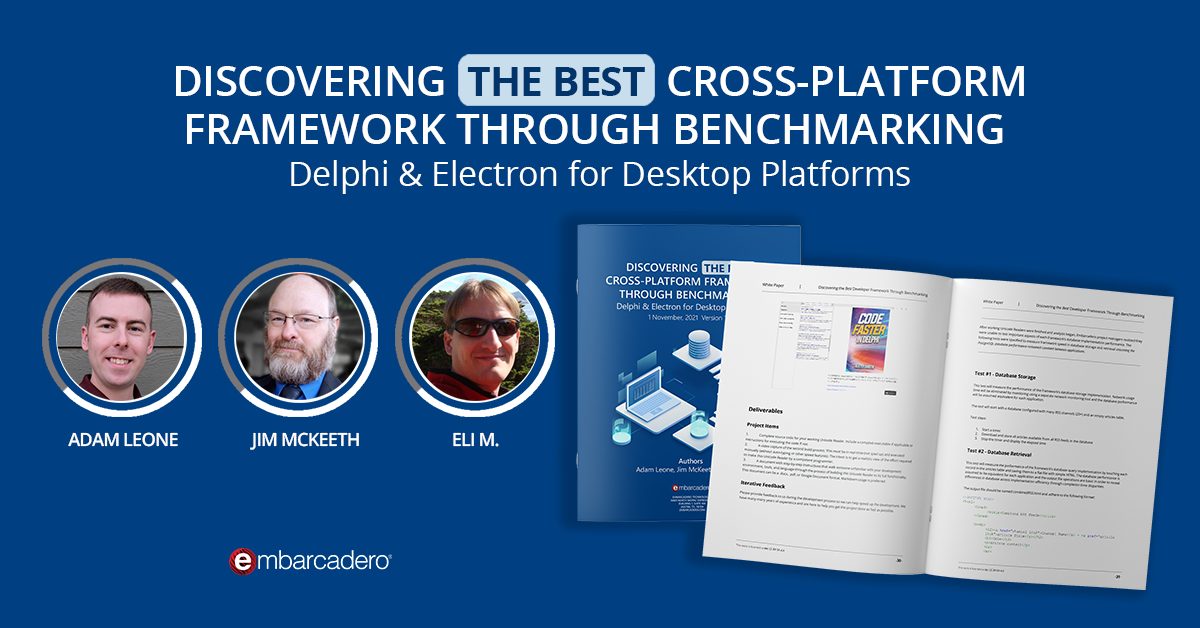
Rapid Application Development (RAD) and Low Code tools have long aimed to simplify and accelerate software creation. Over the years they became excellent at keeping a visual “drag and drop” configuration interface tightly integrated with the traditional code view and tooling of IDEs.
The proliferation of JavaScript with multiple frameworks and less strict standards made this more challenging. It was easy to generate code with a visual interface but keeping the visual interface and the code views aligned was not so easy. Even in the most modern and successful Low Codes this problem persists, especially as solutions frequently require add-ons that are not visually supported or provided by 3rd parties. Keeping things together requires tight control of visual (and non-visual) frameworks and where they are less proprietary, it gets even more difficult.
Table of Contents
Classic RAD and Low Codes Provide a Dual View: Code and Visual Development
Modern Low Code solutions solve this problem a lot better and the need to go outside of the core environment is lower.

However, AI creates a new development paradigm. A prompt-based interface can now generate a lot of code. A new developer “view” into the apps.
The Inspiration from Lovable
Emerging platforms like Lovable (www.lovable.dev) show what’s possible when speed and AI come together. With natural language prompts, users can scaffold working applications in minutes. It’s intuitive and fast—great for getting started or experimenting.

But the same issue arises – you get a static codebase. The AI doesn’t remain connected to the code, nor is there an easy path to transition between AI-driven creation and deeper customization. Once the initial magic is done, you’re largely on your own.
The Future: A Triple-View IDE
The future of development tooling must support three fully integrated modes of interaction:
- AI Prompt View Start with natural language. Describe what you want—a login page, a dashboard, a workflow—and let AI do the heavy lifting.
- Visual Editor View Drag-and-drop still has value. It’s fast for layout, UX design, and understanding application flow.
- Code View Developers will always need full control. Whether it’s to optimize performance, customize behavior, or troubleshoot issues, the ability to dive into clean, modular code is essential.
The critical breakthrough is live synchronization across all three. Change something in the code? The visual view and AI prompt history update accordingly. Edit the layout visually? The underlying code refactors cleanly. Adjust the AI prompt? The changes cascade to both visual and code views.
What This Means for RAD and Low Code Tooling
To stay relevant, modern RAD tools must:
- Embrace AI as a co-developer, not just a jumpstart.
- Support round-tripping between visual, AI, and code—no one-way streets.
- Adopt standard frameworks like React, Angular, or Vue to avoid vendor lock-in.
- Enable maintainability, so developers aren’t punished for scaling or customizing their applications.
Legacy RAD environments will fall behind if they don’t adapt to this new paradigm. Developers want the speed of AI and the clarity of visual design—without sacrificing control.
Advantage for RAD and Low Codes
To solve the problem of consistent visual and code views, companies rely on extensive and frequently proprietary frameworks. While there are vast quantities of computer language content to train AIs, this is less true for these proprietary toolchains. Vendors will be best positioned to create AI context to make these engines perform. They will also be better positioned to integrate the tooling required for more complex applications.

Closing Thoughts
We’re at a turning point. The tools of the future won’t force developers to choose between speed and maintainability, or abstraction and control. Instead, they’ll enable seamless movement across all three dimensions of modern development: AI-driven prompts, visual composition, and full-code editing.
Triple-view development is not a gimmick—it’s a necessity. And it’s how we bridge the gap between classic RAD, Low Code and the intelligent, collaborative environments of tomorrow.
Design. Code. Compile. Deploy.
Start Free Trial Upgrade Today
Free Delphi Community Edition Free C++Builder Community Edition





